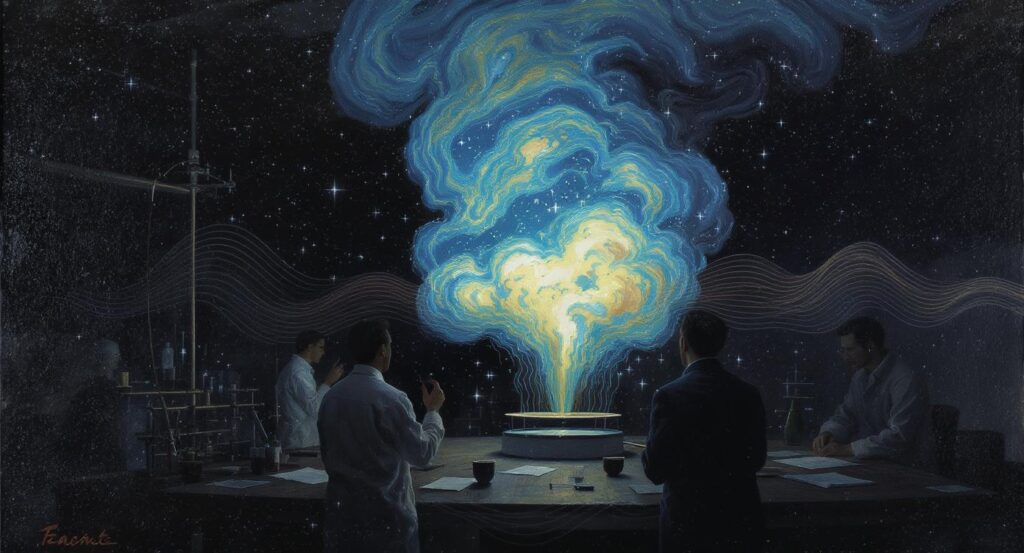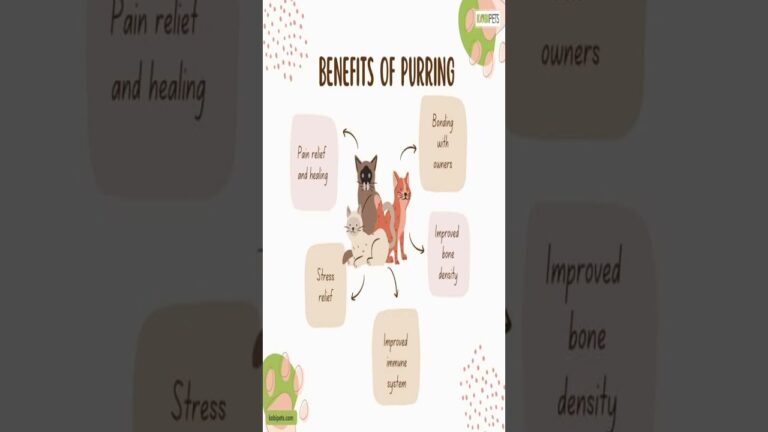Breakthrough in Physics: Scientists Capture Elusive Second Sound After Century-Long Quest
For almost a century, scientists have wondered about a strange way heat can move, called second sound. Normal heat transfer just spreads out slowly, like…
For almost a century, scientists have wondered about a strange way heat can move, called second sound. Normal heat transfer just spreads out slowly, like ink drifting in water.
But with second sound, heat moves more like a wave. It’s a bit like hearing heat echo through a material, much like how sound travels through air.
Until recently, nobody had seen this phenomenon directly. It always seemed to appear only under very specific, hard-to-reach conditions.
Now, after nearly 100 years, researchers have finally managed to capture second sound in action. They used advanced imaging and ultra-cold materials to confirm it exists and even recorded it visually for the first time.
This changes how we think about heat, sound, and the weird quantum world that appears just above absolute zero.
What is Second Sound?

In daily life, heat spreads by diffusion. If you put a hot spoon in cold water, the heat drifts slowly from the metal to the water around it
This process is random and sluggish, driven by the jostling of countless particles. But in a few rare systems, heat can actually travel like a wave, pulsing through a material in a kind of synchronized rhythm.
That’s what scientists call second sound. The name comes from the way these heat waves act a lot like regular sound waves, even though they’re not quite the same thing.
The Origins of Second Sound
First sound is just regular acoustic waves—pressure changes moving through air or other stuff. Second sound, though, is about waves of temperature and entropy—basically, organized pulses of heat.
Physicists first introduced this idea in the 1930s and 1940s while studying superfluid helium. In these ultra-cold fluids, particles start behaving in a unified quantum state.
This allows for the normal, messy spread of heat to get replaced by this rare, organized behavior. Heat turns into a signal, not just a transfer of energy.
Challenges in Capturing Second Sound
Even though scientists theorized second sound almost a century ago, it’s been extremely tough to spot. It only shows up in certain materials under extreme conditions, like ultra-cold temperatures or very ordered quantum systems.
And even then, it’s subtle—no noise, no flash, no smoke. Detecting it is like trying to catch a whisper during a thunderstorm.
Overcoming Technological Hurdles
Most experiments could only detect second sound indirectly. Scientists would notice heat moving oddly, too quickly, or not spreading as expected.
But without direct imaging, these results always left room for doubt. Another big problem was the lack of tools that could actually measure heat movement at such low temperatures.
Traditional thermal cameras use infrared light, but there’s almost no radiation coming from something just above absolute zero. So, scientists had to invent a new approach.
The Breakthrough Experiment

The team behind the breakthrough came up with a clever way to get around these issues. They used a cloud of lithium-6 atoms, cooled to just above absolute zero.
At these temperatures, the atoms form a superfluid state where quantum rules take charge. This set the perfect stage for second sound to show up.
But how do you actually see heat move in such an environment? The answer: radiofrequency pulses.
Researchers noticed that atoms in the lithium cloud reacted differently depending on their temperature. By sending carefully tuned radio waves into the cloud, they could highlight hotter spots, almost like tagging them with invisible ink.
They then watched how those areas shifted over time.
Visualizing the Second Sound
What they saw was heat bouncing back and forth inside the cloud, creating clear wave patterns. This wasn’t random diffusion at all—it was heat moving like a ripple, just as second sound predicts.
Seeing this happen in real-time was a first. The experiment opens up new directions in quantum physics.
Implications for Future Technology
Understanding heat flow at the quantum level could help scientists build better superconductors, which need to control energy and heat with extreme accuracy.
It might also help us create systems that don’t waste as much energy as heat, something current electronics really struggle with. In places like neutron stars, which may have superfluid interiors, this discovery could help explain how those stars cool over time.
Astronomers might even use second sound principles to improve models of how stars behave.
Potential Applications on Earth
Even here on Earth, this could change how we manage energy in materials. If we can guide heat in a wave-like way, maybe we’ll build more efficient cooling systems—especially for delicate tech like quantum computers, where heat causes all sorts of headaches.
This experiment used superfluid lithium-6, but the hunt for second sound is spreading to other materials. Certain crystals, for example, show hints of similar behavior when cooled.
In some engineered materials, researchers have even seen signs of heat waves forming above room temperature, at least under controlled conditions.
Rethinking Thermodynamics
This discovery forces us to rethink temperature and energy flow. For decades, we treated heat as something that just diffuses, like smoke in the air.
But second sound shows that, in the right conditions, heat can move with structure and speed. That opens up new possibilities for physics and engineering.
It challenges some long-held beliefs about thermodynamics. Who knows—maybe this will spark new textbooks or even new classes on how energy behaves at different scales.
The lines between thermal physics and acoustics are starting to blur, and honestly, that’s pretty exciting.
Future Prospects
When X-rays first appeared, nobody guessed they’d change medicine forever. When quantum mechanics arrived, most people figured it was just for abstract math.
Second sound might fit into that same category. If we can make heat move in organized waves, we might invent things we can’t even imagine yet.
One idea is using heat waves to communicate in micro-scale systems. Another is redirecting heat to prevent overheating in tiny devices.
Some folks are even talking about using it to probe the insides of quantum systems without messing them up—something that could be huge for future quantum sensors or processors.
Next Steps in Research
Now that we’ve seen second sound, the next step is to dig deeper. Scientists want to know how it behaves under different pressures and in all sorts of materials.
They’re also curious about what happens at different temperatures. Could it have real-world uses? That’s still a bit of a mystery.
The experiment’s success will probably motivate other labs to try their own spins on it. As teams tweak the methods and poke around with variations, who knows—maybe we’ll stumble on even stranger energy behaviors lurking out there.
The first direct observation of second sound marks a big moment in physics. After almost a century of wondering, scientists finally confirmed it and caught it on record.
This changes how we might think about heat and energy, especially in the quantum world. Sure, it took some wild materials and temperatures, but the impact could reach way beyond the lab.
From space tech to semiconductors, this discovery might end up shifting our whole understanding of how energy moves. The second sound has finally been heard. Physics just got a little weirder—and more exciting.



